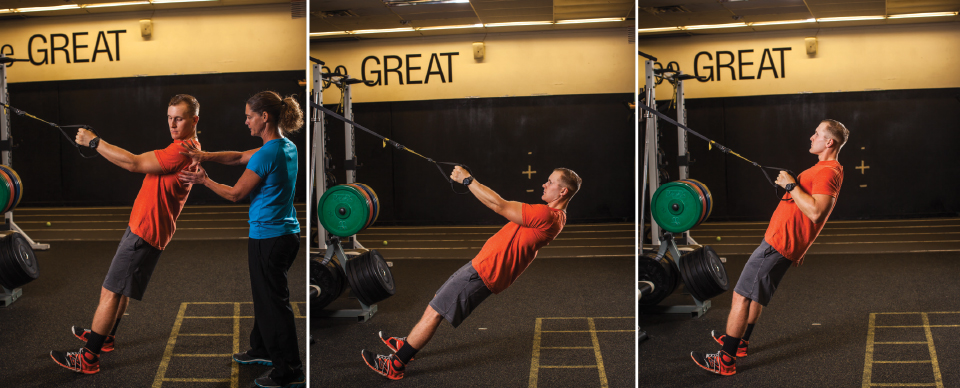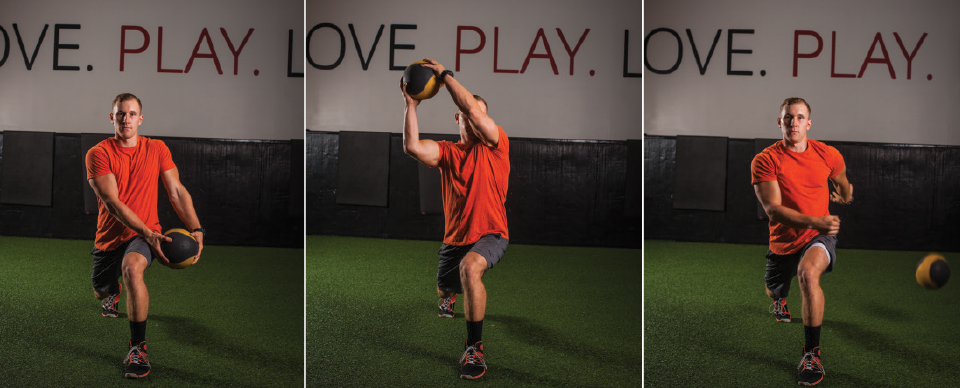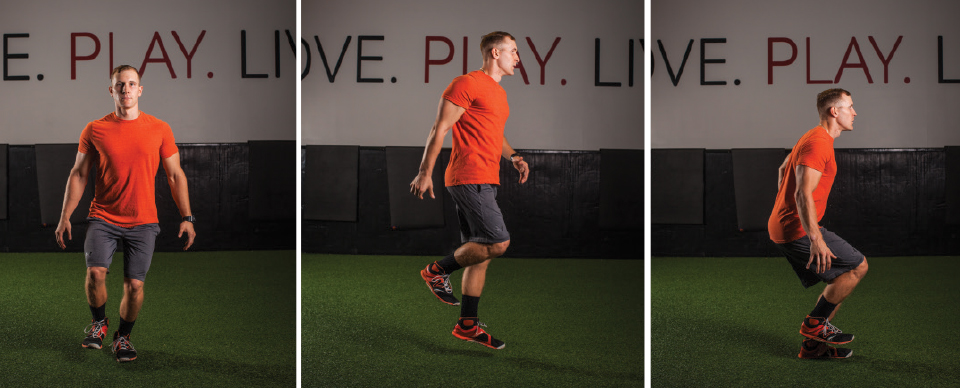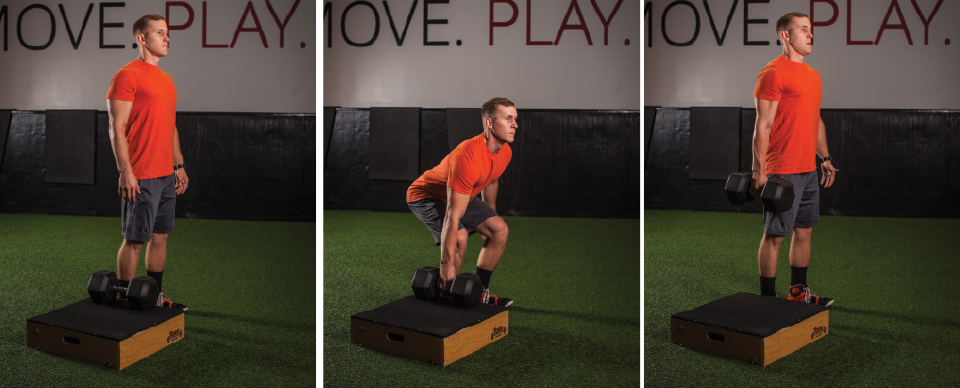To Rotate or Not to Rotate, There is No Question

The human body is both the master of rotational movement as well as resisting rotation for great stability. The same muscles, joints and connective tissues are often used in both instances, yet the messaging from the brain and central nervous system are different. When the body wants to resist unwanted movement in order to create the vital stability in the torso to protect the spine, it must demand reflexive midline stability that is often fighting uneven or one-sided loads. That is why training this ability can be very beneficial for the motor learning aspect of creating better stability. In this training, we will enhance our ability to react, respond and adjust while protecting the integrity of joint stability. Equally as important is the fact that the same joints, muscles and connective tissue must receive and send the right messaging to create rotational movement that gives us many advantages to developing strength and power. The expression of rotational power is dominant in a lot of activities such as running, changing direction, throwing and striking a ball. So in here we will create a circuit of exercises that will use and challenge these aspects of movement.
1. Suitcase Deadlift
Purpose: Here we perform a deadlift with a one-arm load that forces the body to resist rotation in the hips and torso.
Start in a shoulder-width stance while standing tall directly beside the dumbbell. A short step or box may be used in order to elevate the dumbbell, making sure you are working within a successful range of motion during the movement.
Maintaining full ground contact with both feet, reach back with your hips while maintaining the same position of the torso throughout the movement.
As you lower yourself by reaching with the hips, use your hand to find the dumbbell, grip the handle firmly to enhance core engagement, then extend the hips to return to a tall standing position with the dumbbell.
To return the dumbbell, again reach the hips back to lower the upper body and release the dumbbell.
Make sure that the hips and shoulders remain parallel with the ground and the opposite hand travels parallel to the working hand. Resist any rotational force the one-sided load creates throughout the entire movement.

2. One-Arm Reclined Row with TRX
Purpose: Resisting rotation throughout the body while performing a suspended pulling movement.
Use a secured single strap with a hip-width stance, holding a single strap with one hand. Position your feet so that the body is leaning back away from the strap’s anchor and so that you can comfortably hold the position.
Maintain a straight line from the ankles, knees, hips and shoulders.
Starting with arm extended, perform a one-arm row and maintain the full body position by resisting rotation.
Return to start by slowly lowering yourself while maintaining the full body position.
Adjust intensity by walking the feet to a more upright position (easier) or walk them out farther into the reclined position (harder).

3. Diagonal Medball Toss in Split Stance
Purpose: Controlling a narrow base in the frontal plane while performing the functional opposite shoulder to opposite hip pattern of movement.
Start in a split stance with feet hip-width apart.
While maintaining the lower body position, load the diagonal movement by bringing a light medball up toward the shoulder that is opposite to the forward leg.
Maintain a tall torso and do not over-extend the back; rather, use rotation to move the ball.
Then, quickly reverse the movement using the stretch reflex, bringing the ball diagonally across the torso to the opposite hip, and release the ball so that it bounces to a partner to the side and slightly behind you.

4. Rotational 90-Degree Hop
Purpose: Prepares a single leg to rotationally load and explode into a change of direction very much like we do in many activities.
Start by standing tall in a single leg stance, brace the core
Then quickly perform an athletic bend in the ankle, knee and hip to load the lower body to hop vertically off the ground.
Without hesitation, quickly hop by extending the ankle, knee and hip as fast as you can control and rotate 90 degrees in the air.
Then land under control by absorbing the forces, and don’t allow the body to over rotate or collapse at the ankle, knee or hip.
Repeat the same maneuver in the opposite direction in order to return back to the start position.
Each repetition should begin with a reset into the tall standing single leg stance, then perform the 90-degree hop.
This circuit trains both the anti-rotation ability needed for high-level stability as well as the rotational ability needed to perform functional and more powerful movements. Each movement as well as the circuit as a whole uses a total body challenge for both strength and power.







